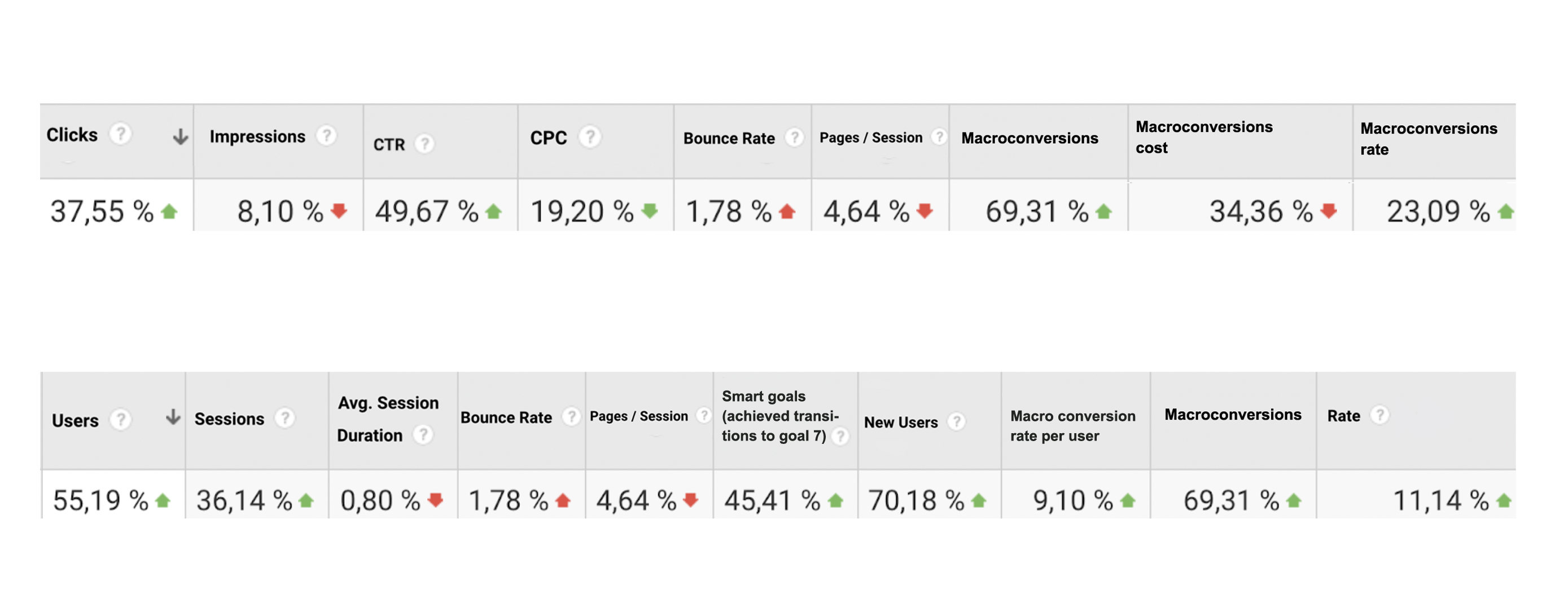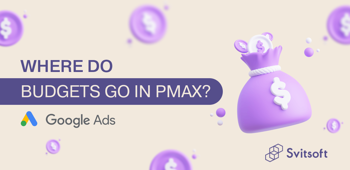Case: How to Find More Hits at a Lower Price for a Business-Class Residential Complex

Foreword
I wrote this foreword because I want to be as objective and correct as possible in my area and profession. And I would like to start with the fact that any case of this nature should be considered through the prism of some fundamental provisions:
Advertising mostly does not affect demand. It is the instrument that directs that demand to the right customer, to their product, converting it into a page hit.
The level of demand is influenced by many objective factors, from the political and economic situation in the country to the dynamically changing market conditions (prices, competitors' activity, etc.).
Features of the product itself: the level of consumer appeal, its cost, promotions, indicators, etc.
Unfortunately, no tools can show the entire chain of interactions, especially regarding complex products such as real estate. Indeed, there are niches where the customer journey is quite straightforward, but this is not the case with the real estate market, and the more expensive it is, the more complicated the journey is.
This is what prompted us to write this case study.
So let's go!
Problem:
Our client, a luxury residential complex, experienced a significant decline in page hits after the summer rise, so the task was urgently to increase the number of conversions to an acceptable level.
Getting started:
Any such work begins with a deep analysis; the deeper the analysis, the greater the chances of success. A report was generated, which identified the most converting campaigns, audiences, ads, and requests.
It was important to look for the same incremental impact of different campaigns without considering their conversions, comparing the peaks of their activity with brand traffic and the spike in conversions in general.
Observations and Hypotheses:
Based on the study of statistics, a hypothesis emerged that the activity of video campaigns affected brand traffic, judging by the peak periods of both types of campaigns.
An example of such a peak:

Also, following this logic, the task was set to attract as much traffic as possible while focusing on its quality through behavioral factors and making it cheaper.
Implementation:
Since there have been thousands of amendments and there is ‘not enough paper’ to describe everything here, I will cite the most significant ones that have dramatically affected the following result.
*Comparable figures were taken 30 days before modifications and after 30 days.
Campaigns: Video
It was decided to launch the existing video campaign simultaneously (it had an optimized strategy – target price per conversion):
- With new audiences: in addition to common audiences interested in real estate, special audiences similar to the site users were added. Here are some of them:


- The Target Price per Conversion strategy targeted not on macro conversion but on reasonable goals, that is, on quality visits. It was targeted only at mobile devices (mobile phones and tablets) as the most effective ones.

Results:
Compared to the old campaign, the conversion cost became cheaper by almost 28%, and their number increased by more than 33%.
In general, the effectiveness of video campaigns has been significantly improved:

In general, the effectiveness of video campaigns has been significantly improved:
Campaigns: Google Display Network (GDN) for commercial real estate
The existing GDN – campaign for commercial real estate was performing extremely poorly: 30 days before we started, it brought only two macro conversions at a high price.
This campaign has been redesigned:
-
general audiences interested in real estate were supplemented by special audiences by keywords, who were directly interested in premises, and commercial real estate, who searched for similar or showed interest;

- the breakdown was made by devices.
Results:
Excellent results have been obtained. This campaign works on mobile devices because it has not shown such results on PC. It brings up to 10 daily requests at a price three times less than before.
 Campaigns: Search Campaigns
Campaigns: Search Campaigns
Following the same logic about hidden interactions on the way to conversions, the focus was made on the following:
- keys in a broad match, while only those queries that clearly did not refer to real estate were filtered out (a test was already conducted once, where such campaigns were thoroughly filtered, and it showed its low efficiency). Only other cities, rentals, and very general queries were filtered out;
- location was the target area where the residential complex was being built (interest + location);

- an experiment was also conducted with a focus on Smart Targets;
- a campaign with keys indicating the location was left and redesigned;
- the old campaigns were also left.
Results:
As a result, not everything worked, but the overall results were still better than before.
Search campaigns that were set up for broad match keys (set up for macro conversions, and as a test – for smart ones, macro conversions worked better), for mobile devices, for the target district gave results (compared to those search campaigns that were set up with phrasal and exact match keys, for Kyiv, with ‘buy,’ ‘location,’ etc.):
- 73% of conversions from all search campaigns;
- 66% cheaper than the conversions generated from other campaigns.
In general, the effectiveness of search traffic (without branded campaigns and remarketing) increased by 36% in terms of conversions, and after disabling the rest, we got a steady influx of conversions from search traffic for normal money.
The statistics are not for a full month; besides, there was a period of training, testing, and processing of minuses. Noteworthy is the cost of conversion, as well as the number compared to other campaigns.
And what about branded traffic?
Here, an interesting pattern can be traced: the amount of brand traffic itself increased by 30%, but… the number of page hits increased by almost 60%, and their coefficient increased by almost 28%, which confirms the initial hypothesis that with the help of additional qualitative coverage the most interested audience was attracted, which turned out to be in the brand's requests.

It is possible (possible!) that another metric explains these results – the number of new users by brand requests:

It is logical to assume that new users interested in a particular product are more likely to ask for details than those who are already familiar with it. This is evidenced by behavioral factors and the same ‘smart goals’ (quality sessions with maximum engagement).
Conclusions
Results for all campaigns:

Pay attention to the general indicators: even though we spent 11% more, we made the result almost 70% better. Of course, it is worth talking about the process itself.
First, new test campaigns were launched, with old ones being optimized. Those campaigns in which the cost per conversion was significantly higher than the norm were either optimized (analyzing what exactly worked with low efficiency: requests, audiences, locations, devices, ads) or disabled.
Then, after a period of learning ‘smart’ strategies, there was a period of incredible growth, when up to 20 requests (!) could be received per day at a price several times lower than the average. But!
With such stunning results for such a class of dwelling, it was necessary to ‘turn down’ or even stop effective campaigns as the costs exceeded the project budget. For campaigns running on automatic bid strategies, this is not good. Because after each budget reduction or suspension, they are trained anew with new data, and this leads to a decrease in efficiency.
This explains the following pattern within the above experiment: the more we spent on campaigns that brought the most quality traffic, the cheaper and more conversions we had.
As soon as we started to ‘turn down’ such campaigns, the leads became fewer.
Remember, we started with our goal to bring as many engaged users as possible, which would eventually bring in the overall result. And it did!
Similar articles
All articles







